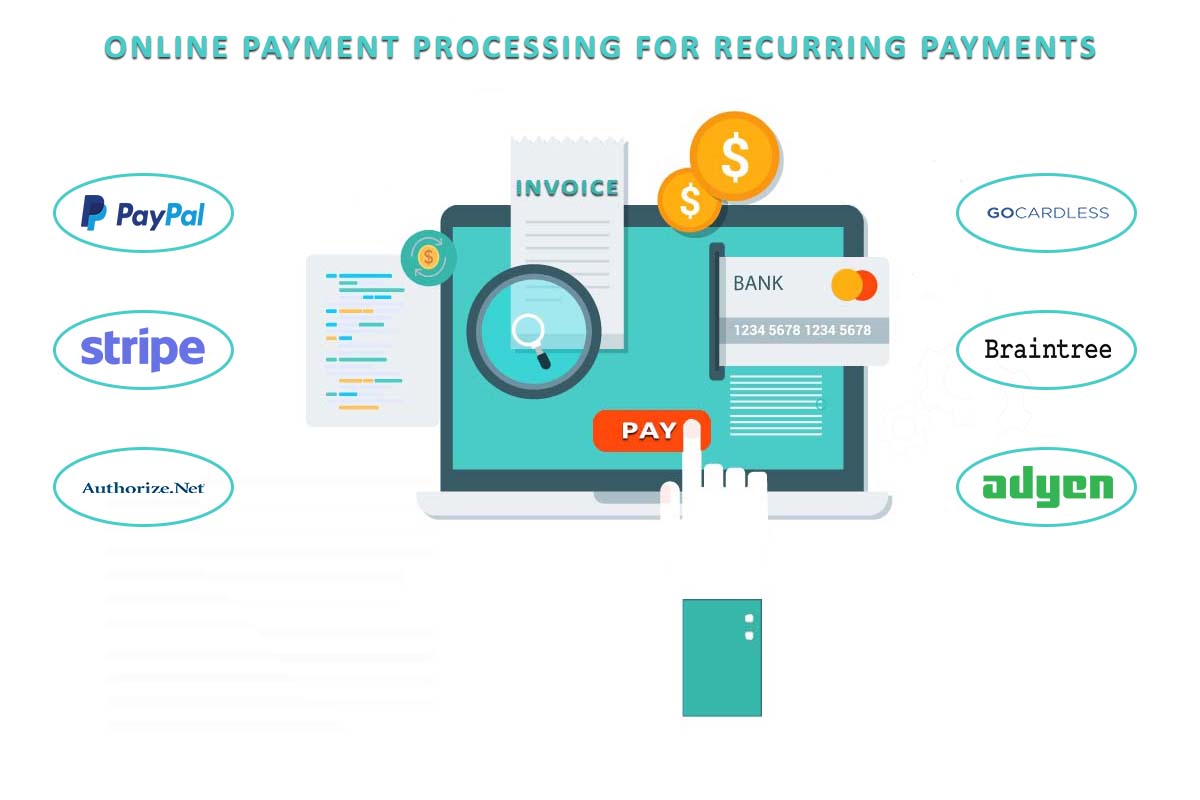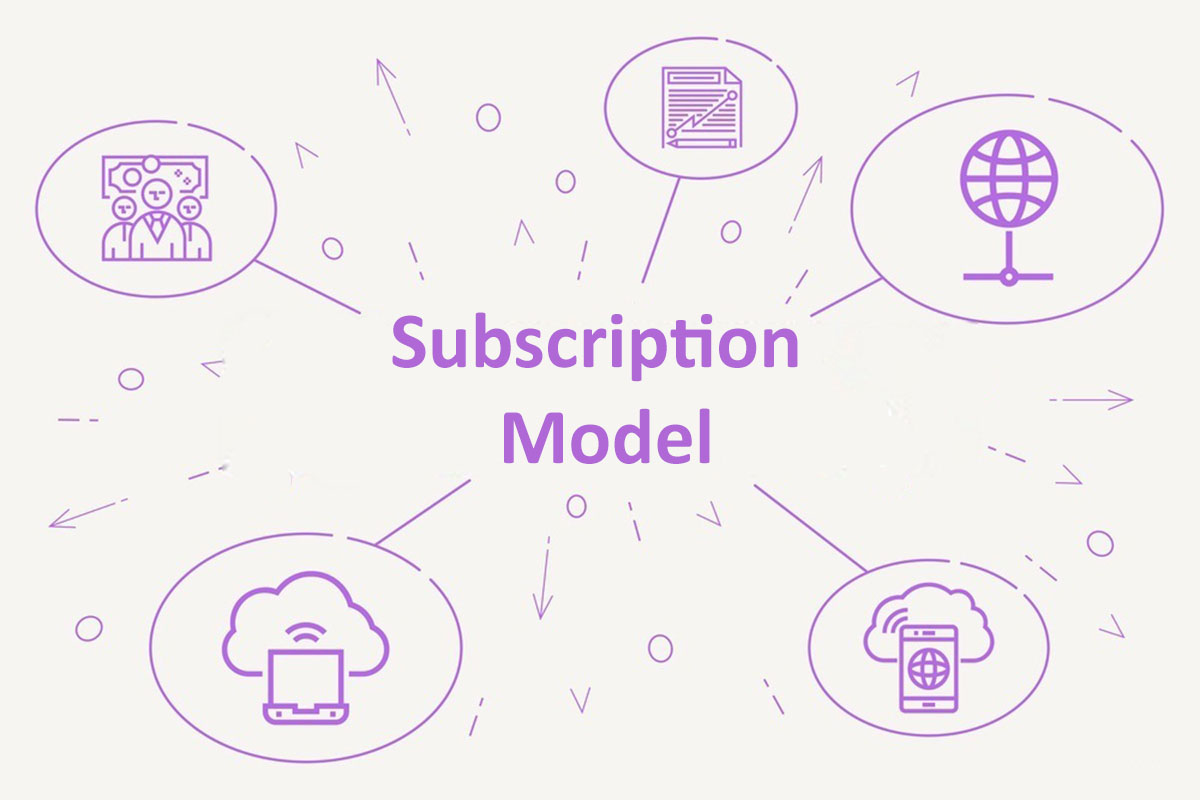
Assessing the Benefits and Drawbacks of the Subscription-based Healthcare Model
Establishing a medical practice can be challenging enough without having to worry about maintaining your patient clientele, equipment, or financial transactions. These are all the things that a healthcare service provider like yourself needs to be aware of regardless of whether you are starting out or expanding your current practice. While some obstacles can be overcome with marketing and focus, adjusting to the spending of new customers requires a little more adaptability.
Contemporary healthcare subscriptions are a recent development in the sector. It might help you grow your practice and give your patients more affordable access to your services. Although most people are familiar with the idea of a subscription model, it could be difficult to comprehend how it applies to the medical industry. In addition to giving patients more accessible, easy, transparent, and individualized care, membership and subscription models in healthcare also seek to increase providers’ stable and predictable income streams.
Keeping this context in mind, in this blog, we will examine the advantages and difficulties of the subscription-based healthcare model, as well as some of the newest developments and businesses in this rapidly developing industry. In doing that, we will also be talking about this model’s potential futures and how it will affect society and the healthcare sector.
Read more: Optimize your Freemium Subscriptions Conversion Rate and Business Health with SubscriptionFlow
Advantages of the Membership and Subscription Models in Healthcare
The thing with the subscription-based healthcare model is that in it the service provider and the seeker both benefit a lot. It makes it easier for hospitals and other healthcare providers to forecast supply and demand. They can forecast revenue with the recurring pricing model and adjust their budget accordingly. After a steady stream of income is secured, the provider can concentrate on providing high-quality services. In addition to generating income, the subscription model assists businesses in growing their base of devoted clients and cultivating enduring relationships with them. The physicians can give each patient the time and attention they need. They can concentrate on the quality of care given rather than the quantity of patients seen, as this will guarantee better health outcomes for patients.
When compared to the service provider, the subscriber or customer benefits greatly from the subscription model. Indeed, based on the first observation, we can conclude that the business model is very customer-focused. The customer can occasionally take advantage of a variety of intriguing and alluring offers from the subscription-based business model, such as free consultations, discounts on medications and tests, and minimal costs for trying new goods or services. Currently, each doctor visit requires the patient to pay a different amount, and occasionally they may have to pay out of pocket. Regular checkups, routine monitoring, and simple diagnosis of a disease—which is frequently postponed owing to ignorance—are all guaranteed by the subscription.
Drawbacks of the Subscription Models in Healthcare
The healthcare subscription model has a few limitations that prevent its widespread adoption. Some developing nations currently lack healthcare professionals, making it challenging for those nations to implement a subscription model. A lot of people who are poor or do not have insurance might not be able to pay the membership fee once. This means that they will not get healthcare if many doctors start to charge a monthly fee instead of a per visit fee. Also, the doctors might limit how much care they give for the monthly fee sometimes.
That said, two of the most acutely felt problems have been identified in the following paragraphs and must be given special attention.
1. Absence of Insurance Coverage: In the event of a major medical emergency, urgent care centers are usually covered by health insurance, as are specialty treatments. For this reason, it makes sense that direct care providers’ subscription-based healthcare services are not covered by insurance. The payment plan only pays for small-scale services like exams, consultations, and checkups.
2. Not the Best Fit for People with Major Health Concerns: Routine monitoring and checkups are the mainstay of subscription-based healthcare models involving direct care providers, as previously mentioned. That means you will not gain as much if you have serious or complicated health problems. It is unlikely that the services you require are included in the subscription fees. Those who are generally healthy and have only minor health issues are the target audience for the subscription-based healthcare payment model.
Ways in Which SubscriptionFlow Can be Used to Manage the Subscription-based Healthcare Model
SubscriptionFlow can assist in managing this model by providing features like:
1. Billing and Invoicing: SubscriptionFlow can create invoices for each subscriber based on their plan selection and usage, as well as automate the billing process. In addition to ensuring timely and accurate payments, this lessens the administrative burden.
2. Plan Management: SubscriptionFlow can assist in developing and tailoring various plans for various subscriber categories, including individuals, families, and groups. This enables providers to provide options that are customized and adaptable to their subscribers’ needs and preferences.
3. Management of Subscribers: SubscriptionFlow assists in keeping track of and managing the subscriber base by enabling users to add, remove, update, or modify plans. This aids providers in keeping an accurate and up-to-date picture of their subscribers’ health conditions.
Book a demo with SubscriptionFlow now to effectively implement a subscription-based healthcare model!










